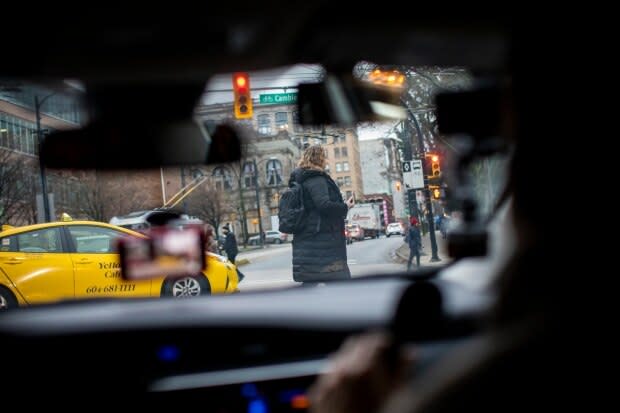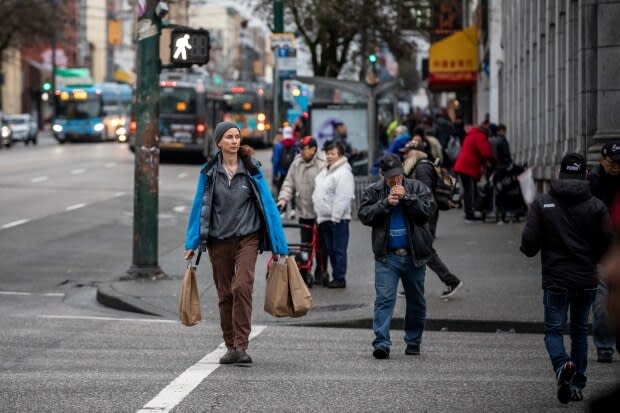Drop the blame game to improve pedestrian safety in Metro Vancouver, say experts
Sean McDonald has been teaching people how to drive in Vancouver for over 20 years and says aggression on city roads is the worst he has ever seen.
"Everybody is just ramped up and it's getting more and more intense," said the Young Drivers of Canada instructor, who noted that drivers are not only more aggressive, they and the pedestrians they need to watch out for are more distracted.
The combination can be deadly.
Three pedestrians were struck and killed in the Lower Mainland last week within a 30-hour period.
And on Wednesday, a man was rushed to hospital after being hit by a car while crossing Cambie Street and Broadway around 1 a.m.
Experts say action must be taken to improve road safety at dangerous intersections before more lives are lost.
Raheem Dilgir, director of the Canadian Association of Road Safety Professionals, says it's time for drivers, pedestrians and cyclists to stop blaming each other and for road planners to design infrastructure that helps reduce the number of collisions.
"We have to design the system in such a way to try to separate those conflict points as much as possible," Dilgir said on CBC's The Early Edition. He said one way to do that is to install measures that give pedestrians and cyclists their own time to move through intersections.

Dilgir said cities can reduce injuries and fatalities by adopting a Vision Zero-type approach. Vision Zero is a program that started in Sweden in the 1990s that prioritizes road safety for people walking or biking, and makes it the top priority in any municipal decision related to transportation.
He suggested lowering speed limits, putting in protected left turns and designing streets so right turns happen at slower speeds as ways to improve intersection safety. Installing roundabouts, he said, can also reduce the risk of accidents.
Dilgir wants planners to consider these measures ahead of time when planning new communities.

McDonald said he routinely sees drivers staring at their devices, and pedestrians stepping into the street with headphones in, staring at cellphones and wearing hooded sweatshirts that block their peripheral vision.
"A lot can happen in a second," said McDonald, who took Stephen Quinn, host of CBC's The Early Edition on a ride-along and pointed out an oblivious pedestrian within minutes.
McDonald said it can be particularly hard for drivers to see the lines of crosswalks in the dark and the rain. He wants more reflectors installed at busy intersections.
And a lot of drivers, he said, should stop tailgating, keep their eyes on the road, and start adjusting their attitudes because ultimately, pedestrians are unprotected.
"You have to think both for you and them," said McDonald. "When you drive in the city you aren't going anywhere but the next red light anyway."

Werner Antweiler, University of British Columbia business professor, has written about improving road safety in the Lower Mainland. He said B.C. is above the national average when it comes to road fatalities and twice as high as many European countries.
According to Antweiler, impatience and distracted driving have become the leading cause of traffic accidents and many people simply don't respect speed limits anymore. He said reducing speed limits and building safer cars with technology that prevent drivers from exceeding legal speeds could also save more lives.
But something everyone can do right now, according to Antweiler, is stop pointing fingers.
"Everybody needs to do what they can to bring down the number of injuries and fatalities," said Antweiler.
To hear Stephen Quinn speak with Sean McDonald on a ride-along around Vancouver, tap the audio link below:


